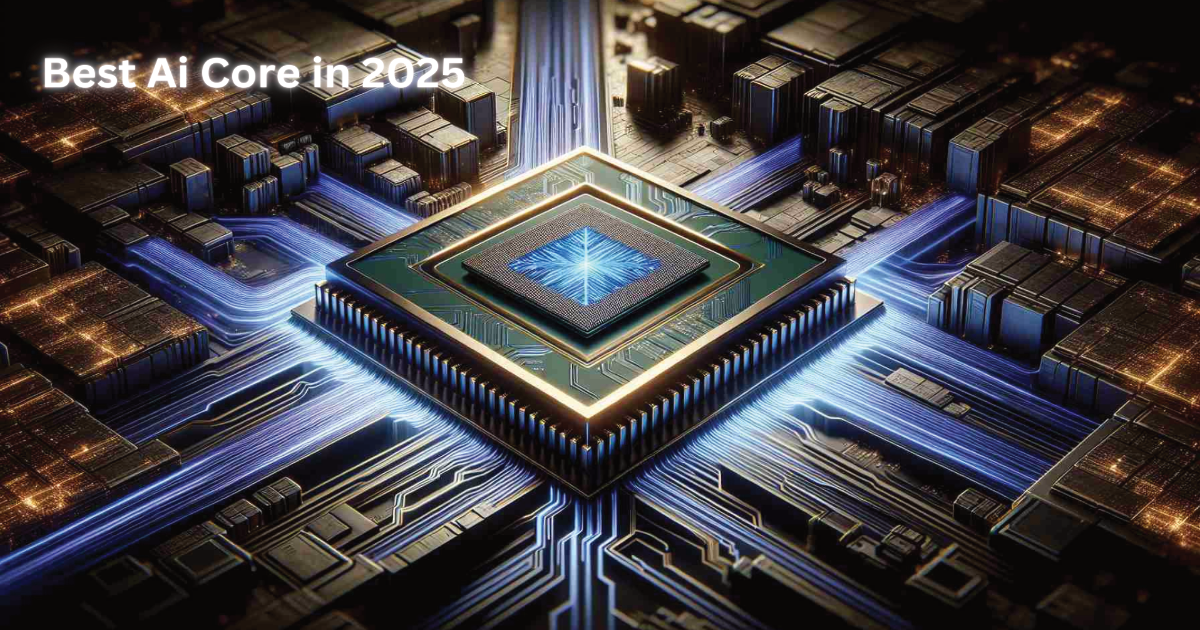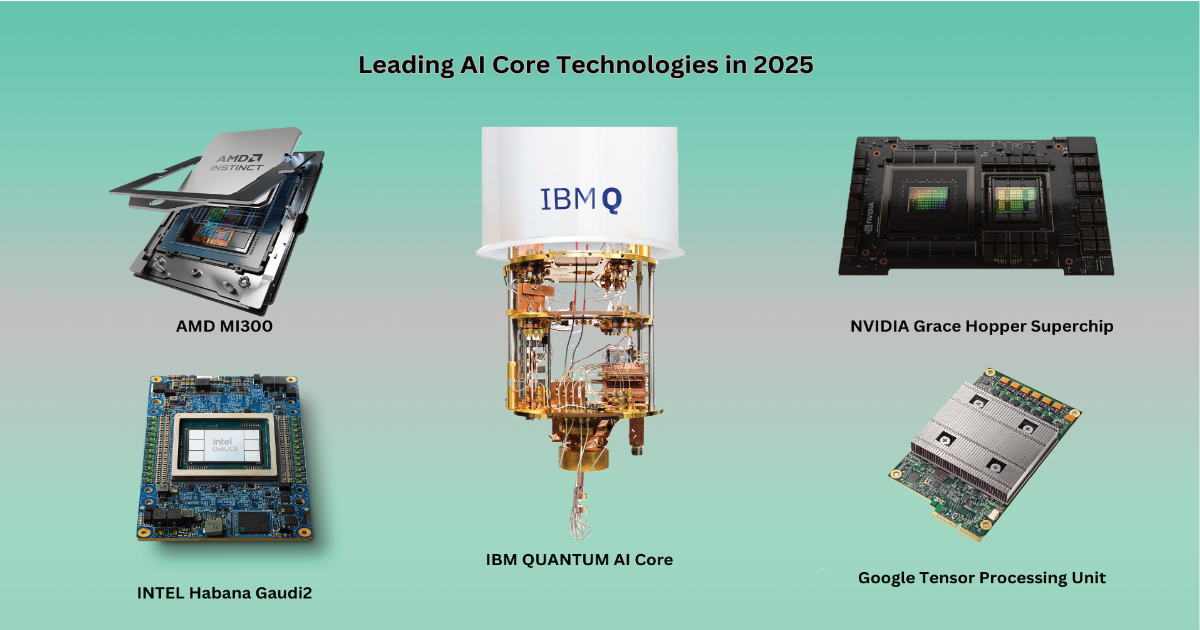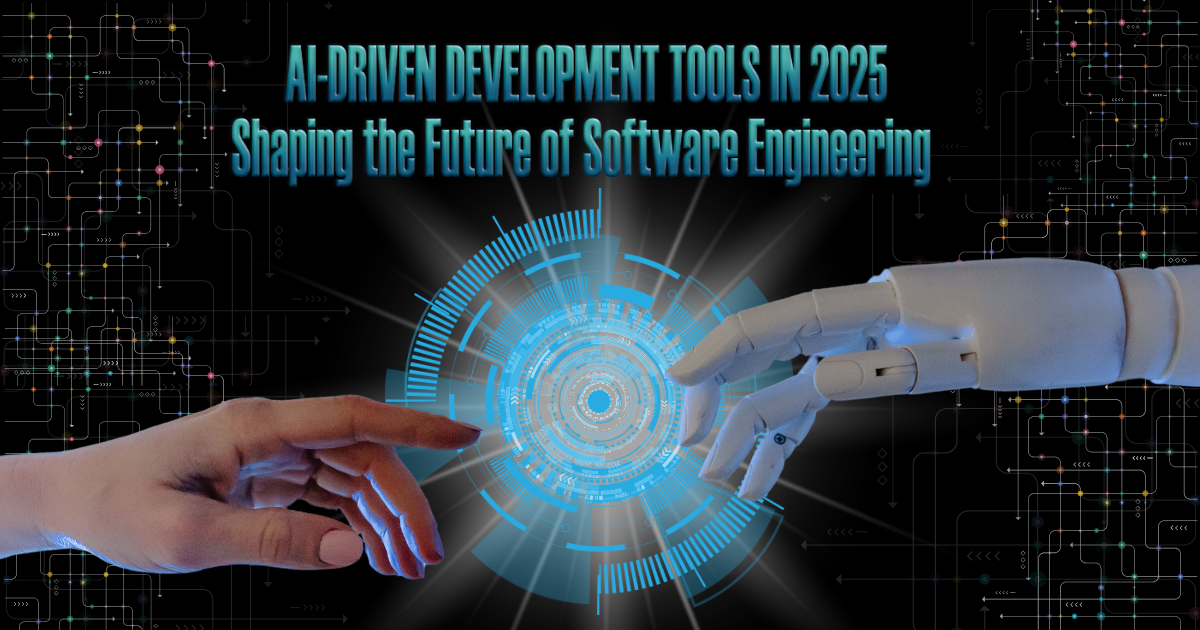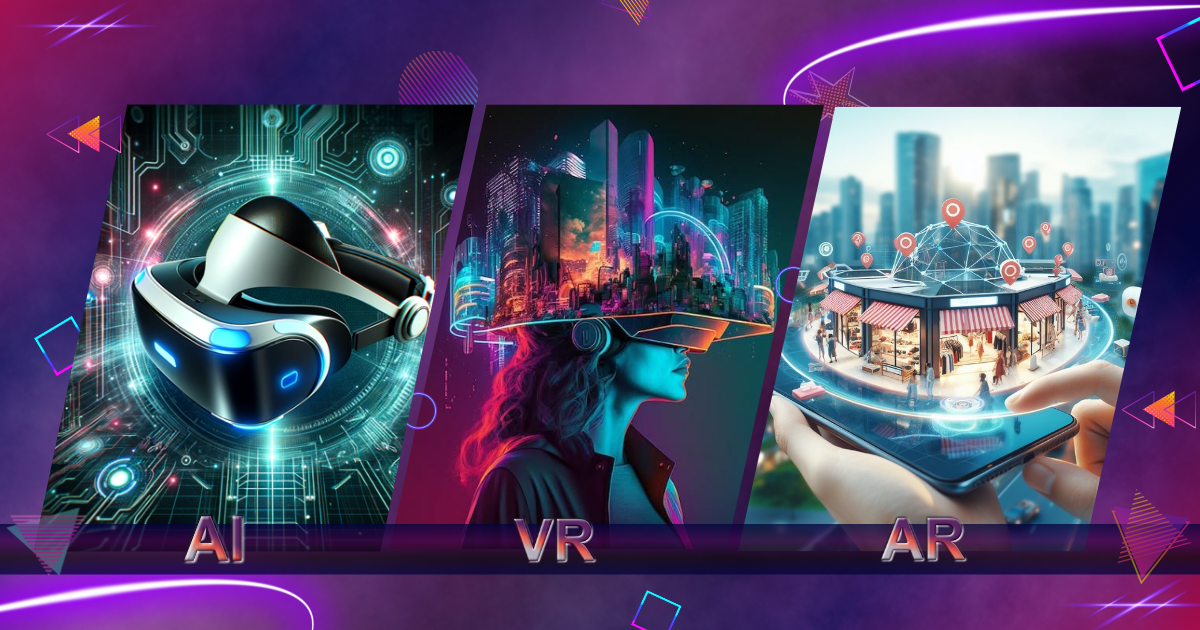
The year 2025 marks a significant milestone in the development of artificial intelligence (AI), particularly in the realm of AI cores. As AI continues to evolve, so does the technology that powers it. AI cores are the specialized processing units designed to handle the computationally intensive tasks required by AI algorithms. These cores have become the backbone of modern AI systems, driving advancements in everything from natural language processing to autonomous vehicles. In this article, we will explore the best AI cores available in 2025, examining their features, performance, and impact on various industries.
The Evolution of AI Cores
AI cores have come a long way since the early days of AI development. Initially, AI algorithms were run on general-purpose processors, which were not optimized for the specific needs of AI workloads. As AI gained prominence, the need for specialized hardware became apparent, leading to the development of AI cores.
The first generation of AI cores was primarily focused on accelerating specific tasks such as matrix multiplication and convolution operations, which are the foundation of many AI algorithms. These early cores were integrated into Graphics Processing Units (GPUs), which became the de facto standard for AI workloads due to their parallel processing capabilities.
Over time, the industry saw the emergence of dedicated AI cores, designed from the ground up to handle the unique demands of AI. These cores offer superior performance, energy efficiency, and scalability compared to their predecessors. The AI core landscape in 2025 is marked by several key players, each offering a unique blend of features and capabilities.
Key Features of AI Cores in 2025
1. Architecture:
- Quantum-AI Hybrids
One of the most groundbreaking advancements in 2025 is the integration of quantum computing with AI cores. Quantum-AI hybrids leverage the principles of quantum mechanics to process information in ways that classical AI cores cannot. These cores excel in solving complex optimization problems, running sophisticated simulations, and processing vast amounts of data at unprecedented speeds.
Key Players: Companies like IBM and Google are leading the charge in Quantum-AI hybrids, with their Qiskit and Sycamore processors setting new benchmarks for AI performance.
Applications: Quantum-AI cores are being used in areas like drug discovery, financial modeling, and climate prediction, where traditional AI cores struggle to keep up with the complexity and scale of the tasks.
- Neuromorphic Processors
Neuromorphic processors mimic the human brain’s structure and function, making them highly efficient for tasks involving pattern recognition, sensory processing, and autonomous decision-making. In 2025, these processors have become more mainstream, thanks to advancements in silicon-based neuromorphic chips and the development of new algorithms that exploit their capabilities.
Key Players: Intel’s Loihi 3 and IBM’s TrueNorth are at the forefront of neuromorphic computing, offering unparalleled energy efficiency and real-time processing capabilities.
Applications: Neuromorphic processors are widely used in robotics, autonomous vehicles, and smart IoT devices, where they enable machines to interact with their environments in a more human-like manner.
- Tensor Processing Units (TPUs)
TPUs, originally developed by Google, have evolved significantly by 2025. These processors are designed specifically for tensor computations, which are fundamental to deep learning models. The latest TPUs offer increased parallelism, lower latency, and higher throughput, making them ideal for large-scale AI applications.
Key Players: Google continues to dominate the TPU market, with its latest TPUv5 delivering unmatched performance in training and inference tasks.
Applications: TPUs are extensively used in data centers, powering services like natural language processing, image recognition, and recommendation systems.
2. Energy Efficiency
AI cores in 2025 are designed with energy efficiency in mind. This is particularly important as AI workloads become more complex and widespread. The best AI cores achieve a balance between performance and power consumption, making them suitable for deployment in various environments, from data centers to edge devices.
3. Scalability
Scalability is a crucial feature for AI cores, especially as AI models grow in size and complexity. The best AI cores in 2025 are designed to scale across multiple devices, whether in a single system or across a distributed network. This scalability ensures that AI systems can handle increasing workloads without a corresponding increase in hardware requirements.
4. Integration with AI Frameworks
AI cores are tightly integrated with popular AI frameworks, such as TensorFlow, PyTorch, and JAX. This integration simplifies the development process and ensures that AI models can take full advantage of the hardware’s capabilities. In 2025, AI cores come with optimized libraries and tools that make it easier for developers to deploy AI models across different platforms.
5. Security
As AI becomes more pervasive, the need for security in AI cores has become paramount. The best AI cores in 2025 feature built-in security measures to protect against adversarial attacks, data breaches, and other threats. These security features are critical for applications in sensitive areas such as healthcare, finance, and defense.

Leading AI Core Technologies in 2025
1.) NVIDIA Grace Hopper Superchip
NVIDIA continues to dominate the AI hardware market with its Grace Hopper Superchip, which combines the power of its Hopper GPU architecture with the flexibility of its Grace CPU. The Superchip is designed to accelerate AI workloads in data centers, offering unprecedented performance and energy efficiency. The integration of tensor cores and NPUs in the Superchip enables it to handle a wide range of AI tasks, from training large-scale models to running real-time inference.
2.) Google Tensor Processing Units (TPUs)
Google’s TPUs have been a key player in the AI hardware space for several years, and the 2025 iteration is no exception. The latest TPUs are designed to deliver exceptional performance for both training and inference tasks, with a particular focus on energy efficiency. Google’s TPUs are also deeply integrated with its AI services, making them a popular choice for enterprises that rely on Google Cloud.
3.) Intel Habana Gaudi2
Intel’s Habana Gaudi2 AI core is a strong contender in the AI hardware market, offering a balance of performance, scalability, and energy efficiency. The Gaudi2 architecture is optimized for deep learning workloads, with support for both training and inference. Intel has also focused on making the Gaudi2 accessible to developers, providing a robust software stack that integrates with popular AI frameworks.
4.) AMD MI300
AMD’s MI300 is a versatile AI core designed for a wide range of AI applications. The MI300 leverages AMD’s expertise in GPU and CPU design, combining them into a single chip that excels at both AI and general-purpose computing tasks. The MI300 is particularly well-suited for AI at the edge, where power efficiency and performance are critical.
5.) IBM Quantum AI Core
IBM’s Quantum AI Core represents the cutting edge of AI hardware in 2025. By harnessing the power of quantum computing, IBM has developed a core that can solve certain AI problems much faster than classical cores. While still in the early stages of adoption, IBM’s Quantum AI Core is poised to revolutionize AI in fields such as cryptography, drug discovery, and complex simulations.
Industry Impact of AI Cores in 2025
- Healthcare
AI cores are driving significant advancements in healthcare, enabling faster and more accurate diagnoses, personalized treatment plans, and the development of new drugs. In 2025, AI cores are being used to power AI-driven medical imaging systems, genomic analysis, and predictive analytics. The integration of AI cores in medical devices is also leading to more effective and efficient patient care.
- Autonomous Vehicles
The automotive industry is one of the largest beneficiaries of advancements in AI cores. In 2025, AI cores are at the heart of autonomous vehicle systems, enabling real-time processing of sensor data, decision-making, and control. The scalability and energy efficiency of modern AI cores make them ideal for deployment in vehicles, where power consumption and heat dissipation are critical concerns.
- Finance
In the finance sector, AI cores are being used to power sophisticated algorithms for fraud detection, risk management, and algorithmic trading. The ability of AI cores to process large volumes of data in real time makes them invaluable for financial institutions. Additionally, the security features built into modern AI cores are helping to protect sensitive financial data from cyber threats.
- Manufacturing
AI cores are transforming the manufacturing industry by enabling smarter factories and more efficient production processes. In 2025, AI cores are being used to power predictive maintenance systems, optimize supply chains, and improve quality control. The use of AI cores in manufacturing is leading to higher productivity, lower costs, and reduced downtime.
- Telecommunications
The telecommunications industry is leveraging AI cores to enhance network performance, optimize resource allocation, and improve customer service. In 2025, AI cores are being used to power AI-driven network management systems that can adapt to changing conditions in real-time. The scalability of AI cores also makes them ideal for deployment in large-scale telecommunications networks.
Future Trends in AI Core Development
a. Edge AI
The trend towards edge AI is expected to continue in 2025, with AI cores becoming increasingly optimized for deployment in edge devices. This shift is being driven by the need for real-time processing and decision-making in applications such as autonomous vehicles, smart cities, and industrial automation. AI cores designed for the edge are characterized by their low power consumption, compact size, and ability to operate in challenging environments.
b. Heterogeneous Computing
Heterogeneous computing, which involves the integration of different types of processing units within a single system, is becoming more prevalent in AI core design. In 2025, we are seeing AI cores that combine CPUs, GPUs, NPUs, and even quantum processors to handle a wide range of workloads. This approach allows AI systems to be more versatile and efficient, capable of adapting to different tasks on the fly.
c. AI Core Customization
As AI becomes more specialized, there is a growing demand for customized AI cores tailored to specific applications. In 2025, we are seeing the emergence of AI cores that are designed to meet the unique needs of industries such as healthcare, finance, and defense. These customized cores offer optimized performance and features, making them more effective than general-purpose AI cores for certain tasks.
d. AI Core Standardization
As the AI core market matures, there is a push towards standardization to ensure interoperability and ease of integration. In 2025, we are seeing the development of industry standards for AI cores, covering aspects such as data formats, communication protocols, and security. Standardization is expected to accelerate the adoption of AI cores and facilitate the development of AI-powered applications.
e. Quantum AI
Quantum AI is still in its early stages, but it holds the potential to revolutionize the AI core landscape. By 2025, we are beginning to see the integration of quantum AI cores into specialized systems, where they can outperform classical cores on certain tasks. The future of AI cores is likely to involve a combination of classical and quantum computing, offering unprecedented levels of performance and capability.
Challenges and Considerations
1. Cost
The development of advanced AI cores is a costly endeavor, and the price of these cores can be prohibitive for some organizations. In 2025, the cost of AI cores is a significant consideration, particularly for small and medium-sized enterprises. However, as the technology matures and economies of scale are realized, prices are expected to decrease.
2. Energy Consumption
While AI cores have become more energy-efficient, the growing demand for AI is leading to increased energy consumption overall. In 2025, managing the energy consumption of AI cores is a key challenge, particularly in data centers and other large-scale deployments. Advances in cooling technology and energy-efficient designs are helping to mitigate this issue.
3. Talent Gap
The rapid pace of AI core development has created a talent gap, with a shortage of engineers and researchers who have the expertise to design and optimize AI cores. In 2025, addressing this talent gap is a priority for the industry, with initiatives focused on education, training, and workforce development.
4. Ethical and Security Concerns
The increasing power and ubiquity of AI cores raise ethical and security concerns. In 2025, ensuring that AI cores are used responsibly and securely is a major challenge. This includes addressing issues such as bias in AI algorithms, the potential for misuse of AI technology, and the protection of sensitive data.
5. Supply Chain Disruptions
The global supply chain has been subject to disruptions in recent years, and the AI core industry is not immune to these challenges. In 2025, ensuring a stable supply of the components needed for AI cores is a critical concern. Companies are investing in supply chain resilience, including diversifying suppliers and developing contingency plans.



